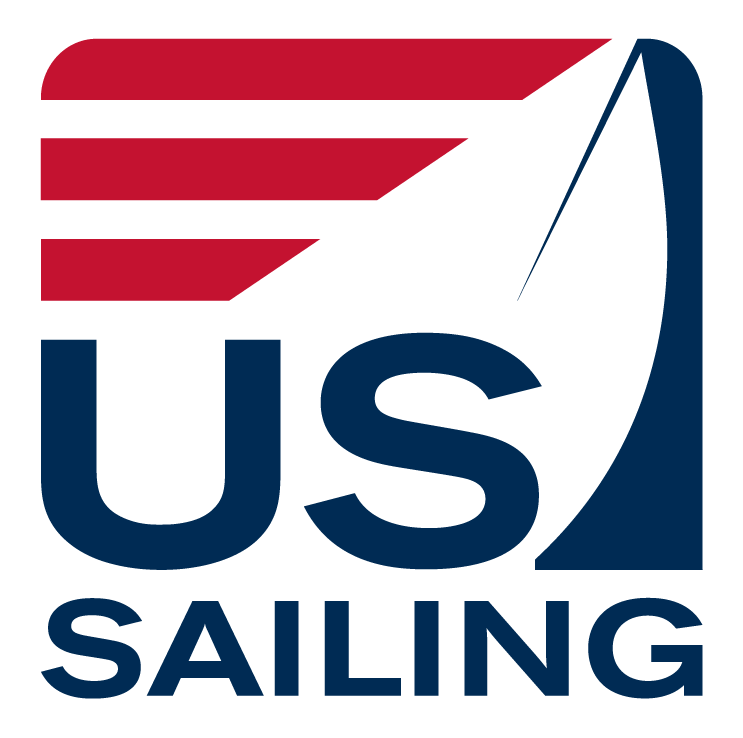By STACEY STOWE/NY Times
NEWPORT, R.I. With their multihulls and carbon-fiber bodies, the new America’s Cup boats are light and lightning fast. But it is their predecessors, the sleek 12-meter yachts used from 1958 to 1987, that warm the hearts of veteran sailors. More than 700 people, including 250 sailors, gathered last week at the waterfront home of the New York Yacht Club for their first reunion, three days of racing and a backward glance at what many call the golden age of sailing.
“They’re just nice boats and pretty, too,” Ted Turner said Wednesday after completing the first day of the three-day 12-Meter North American Championships aboard American Eagle and joining sailors for panels and parties for 80 America’s Cup teams of the era in Narragansett Bay. “And I really wanted to see some of my old friends.”
In 1977, Turner, who founded CNN and is one of the largest landowners in the United States, skippered Courageous to victory in the America’s Cup, the most venerated trophy in sailing.
A 12-meter sloop has a graceful silhouette, lent by its narrow beam, sweeping bow and low overhang on the bow and stern. A 12-meter boat is so named because its sail area, length and waterline correspond, through a variety of measurements, to a 12-meter formula.
The boats are 60 to 70 feet long and weigh about 65,000 pounds. They feature fractional rigs, meaning their jib is 75 percent of their mast height, forming an imperfect triangle. They are purely racing boats, with no cabin house or lifeline.
The Twelves, as they are better known, exert a romantic pull on those who sail them. The sloops were the America’s Cup boat for 29 years and represent a largely bygone era in sailing, a time before million-dollar crew payrolls, sponsor branding and cellphones.
“It was a time in America’s Cup competition of Corinthian sailing to the degree that the sailors did not get paid, but at the same time, they represented the very best of sailing,” said David Elwell, the commodore of the New York Yacht Club and member of Intrepid in the 1967 Cup race. “People sailed for the pure love of what they were doing. I regrettably see a lot of America’s Cup competitors today who sail more for the paycheck.”
The 33rd America’s Cup, held last February in Valencia, Spain, came after a lengthy court challenge to its protocol that resulted in a best-of-three match race between the Swiss boat, Alighi 5, a catamaran, and the victorious BMW Oracle, a 90-foot trimaran with a hard sail.
Jan Slee, the president of the 12-Meter Class, an owners’ association, conceived the reunion and Rolex Watch USA sponsored the event. Slee recently edited a book about the 12-meter class with Dyer Jones and Luigi Lang. The event included the induction Saturday night of five New Zealanders and one American to the America’s Cup Hall of Fame, now in its 17th year.
“These are the rock stars of the sport,” said Slee, who with his wife, Caroline, owns Enterprise, a 12-meter boat. “I needed to get them all together before they start pushing daisies,” he said.
John Savage, who was skipper of Challenge 12 in the 1983 America’s Cup trials, said he traveled from Melbourne, Australia, for the reunion to “catch up, chew the fat and drink rum.”
“Look, it’s the marker of yachting,” he said of the Cup trials. “It was an incredible mark on all our lives.”
Last week, 11 teams competed in the 2010 12-Meter North American Championships in divisions based largely on the age of the vessel, many carrying sailors who had America’s Cup experience. On Thursday, with the sunlight in Narragansett Bay coppering their sails as they hovered five minutes before the gun, the boats formed a tableau worthy of not only Ted Turner, but the painter J. M. W. Turner.
The division winners were USA in the Grand Prix, a division of 12-meter boats, all built in 1987; Courageous in the Modern division, built from 1970 to 1983; American Eagle in the Traditional division, built from 1958 to 1967; and Northern Light in the Vintage division, built from 1920 to 1940.
During a panel discussion at the International Newport Boat Show on Thursday, the Australian Gordon Ingate, who sailed on the Gretel II in 1977, and Bill Ficker, who skippered the Intrepid that year, were still lightheartedly debating a 40-year-old protest filed in a Cup race. Ingate took off his jacket to reveal the crew shirt from 1977 whose back was inscribed, “Daughters of America, Lock Up Your Mothers,” prompting Gary Jobson, who sailed with Turner in 1977, to quip, “Perhaps now it should read, ‘Daughters of America, Lock Up Your Grandmothers.’ ”
Jobson drew applause when he proposed returning the America’s Cup competition to 12 meters and volunteer crews. Turner, a panelist, recalled sampling beer, Champagne, and Aquavit, supplied by competitors, moments before a news conference.
But it was the challenge of the race that inspired his most poignant reverie.
“If you knew how hard I had to work to win that America’s Cup,” Turner said. “I remember being a 17-year-old freshman at Brown when a friend had access to a 28-foot boat and we watched the America’s Cup at Castle Hill. I looked at the Sceptre and the Columbia sail by, their crews all in white. I said, ‘Boy, I’m going to work my butt off to get there someday.’ ”




